The house on the ridge of Benedict Canyon, California, identifies the differential complexity of the steep hillside as its functional and formal generator. The subdued, bold mass enters a dialogue with the landscape, a quasi-boulder-like look, hence defining itself as a camouflaged object through the process of realignment to its context. This allows the project to achieve ‘neighbourly’ compliance while being in contrast through appearance. The minimal material catalogue of exterior stone, concrete and light woods favours simplicity and permanence, a desired quality for the client.
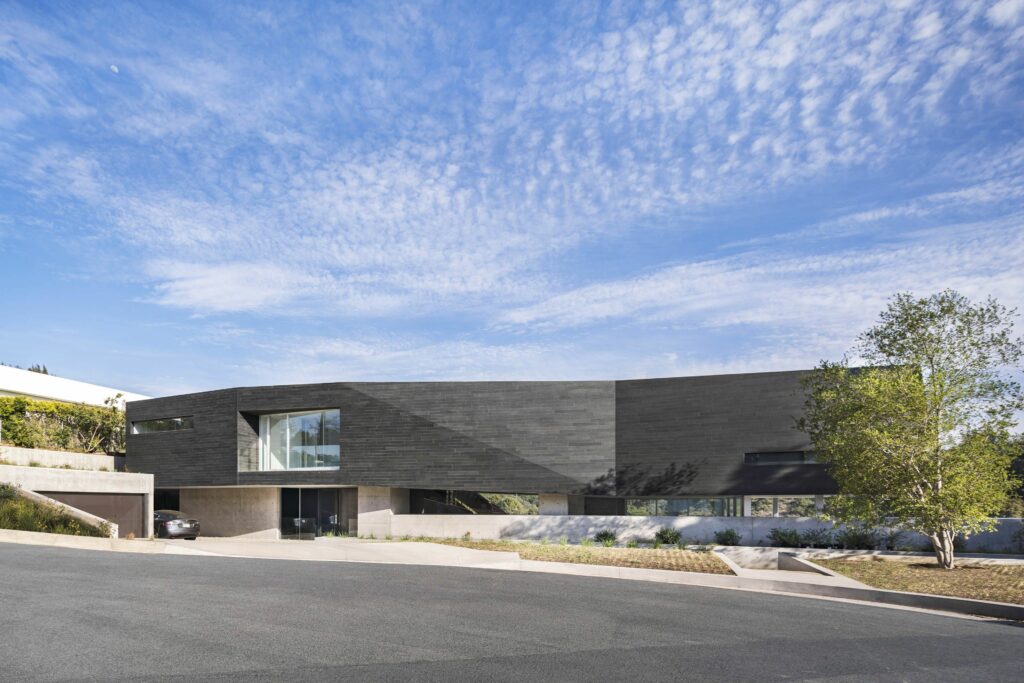
Photo credit: Paul Vu
What do you see as the strengths of your winning project and what does this award mean to you personally?
I believe the project is a culmination of principled design strategies, responses to site conditions, negotiations with the client and execution by the contractor. It is easy to forget that all participating parties are necessary to execute an architectural vision. The design itself however forms the critical component as it is the first step in making a building.
It was always consciously balancing the occupant’s narrative on how to live with the architectural motive of the levitating mass embedded into a steep hillside while offering a fluid indoor-outdoor ground floor atmosphere. The horizontal three-partie performs therefore not only programmatically but also generates the elongated perception of the building. This was paired with a consistent, muted material plan that registers throughout the many spaces within the almost 9000sf building to achieve a coherent interior.
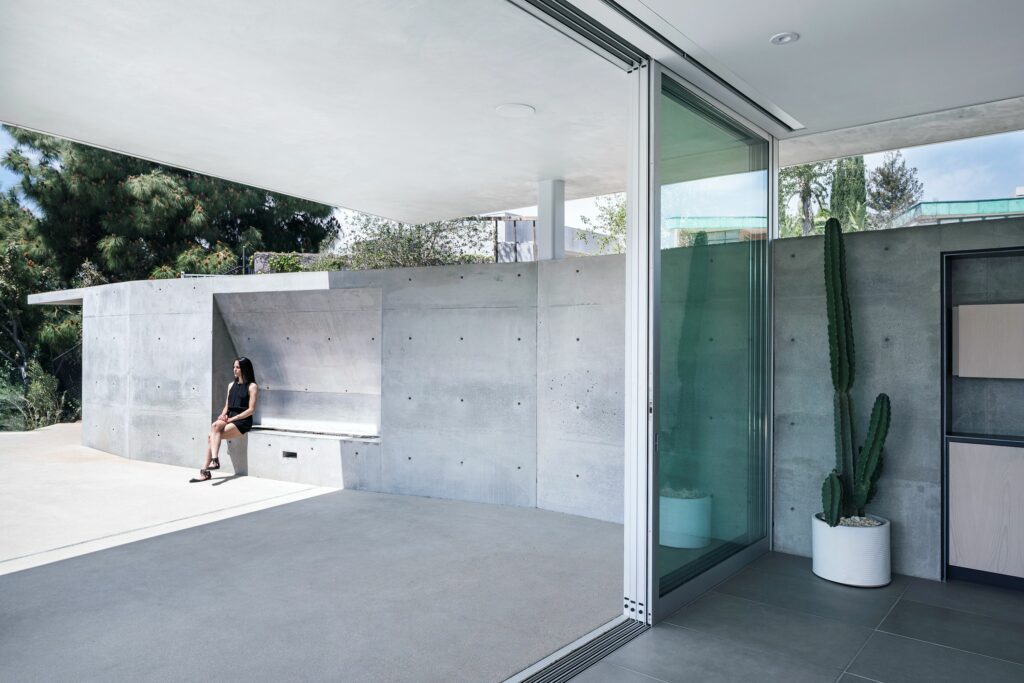
Photo credit: Paul Vu
What impact has winning this IDA Award had on your career and opportunities?
I believe winning an award – and especially the prestigious IDA award – is a critical confirmation of the years of work and an elevation of our work from the otherwise saturated field of great design. It is clearly opening avenues within the design world and helps convince clients to take on a more progressive design direction. It also created an environment where many excellent architects seek us out to work with us in various capacities.
What was most important for you when planning the project and what were the biggest challenges you faced?
For us design is holistic. The challenges are always the recognition of all the factors that contribute, weighing them properly and communicating all those aspects to the client in the most comprehensive way. We think and design in such parameters, the beauty and aesthetic we seek are also part of this parametric design approach. Typically, the biggest challenges we face come from the fact that our work, which is spatially complex, is ill-represented through drawings – we exclusively work in 3d models – and is therefore difficult to communicate to authorities in the terms they understand and look for.
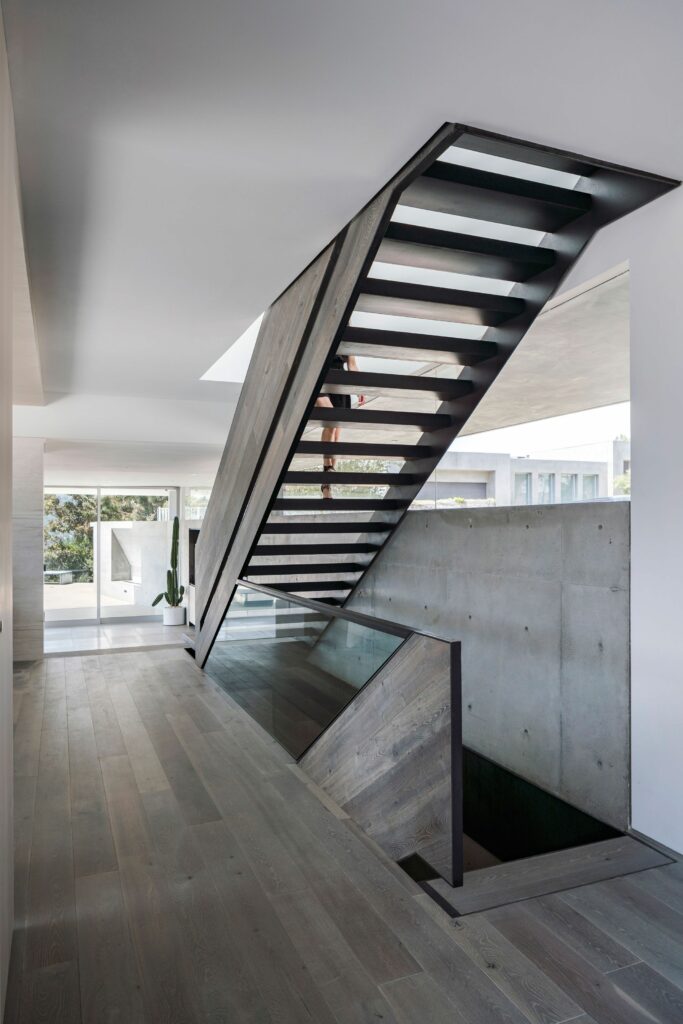
Photo credit: Paul Vu
Where do you take inspiration for your designs?
I mostly take motivation from literature, art and film. Even music is a strong driver in my work. While current circumstances prohibit it, travelling and exploring different cultures and environments is typically a strong motivator. Frequently though it is usually a combination of all aspects.
I often experiment with creating moods, projecting films muted with a certain ambient light, incense and a custom soundtrack while sketching, 3d modelling and referencing books. This may sound like a crazy thing to do but this mash-up technique and work environment with sensory overflow works extremely well for me to produce stimulus. People in the office gradually get used to it and learn to embrace it.
How do you think your own culture and environment have shaped your personal and professional creative vision?
Growing up in Vienna, which once used to be the cultural centre of the Habsburg monarchy, is very relevant to my creative viewpoints. I learned that arts and culture are the cornerstones of a society and therefore are well respected and part of public discourse. This environment is also saturated with great examples of past innovations and offers a good insight into how such innovations fared over time. This allowed me early to elect my creative and procedural environment which was refined and improved ultimately here in the United States where design takes on a different role in society and innovation in architecture takes a more academic route. Ultimately I embrace both parts and that is what forms me and my design.

Photo credit: Paul Vu
What do you think are the biggest challenges and opportunities in your career/industry now?
With the emergence of social media and real-time information distribution, our perception of our times has accelerated. Yet architecture, my main profession, has not. A small project still takes 2-3 years to move from design to building, even if one takes advantage of the most contemporary technologies. This is often a result of traditional safeguards that have turned into bureaucratic hurdles and are now mostly protecting established industries and institutions resistant to change. Yet, architecture also is meant to outlast current trends.
Therefore, built architecture can only marginally respond to current events, and I think we architects need to come to terms with this and focus on a) accelerating the permitting and building process and b) rethinking the value of our built environment and whether it should be built to last or not. This latter point is particularly relevant when we think about the most tangible challenge for architects – climate change. Buildings have an enormous carbon footprint and this is an area where smart design methods and technology can have a serious impact to change that. I feel this is really our biggest opportunity to initiate change.
What’s your creative process and what creative software do you use?
To turn motivation into tangible ideas is typically a process – once a motif manifests, it needs clear articulation and several attempts to work out. I frequently do this with students or designers in the office where some ideas are defined, tested and explored in an academic setting. This way, original motives and ideas change, and it opens new avenues for exploration, mutation and ideation. It becomes cyclical this way.
We work almost exclusively digital, and while we are not locked in on particular software packages and are always curiously exploring new ones, we gravitate towards Rhino3D for 3d modelling as it has the right amount of precision, ease of use and versatility. We also extensively use Adobe Illustrator and Photoshop, and we like producing renderings in-house, as we use them to test materiality and visual effects rather than sending them off to 3rd parties for client renders. We further explore custom scripting when needed and some VR interfaces and software such as Unity.
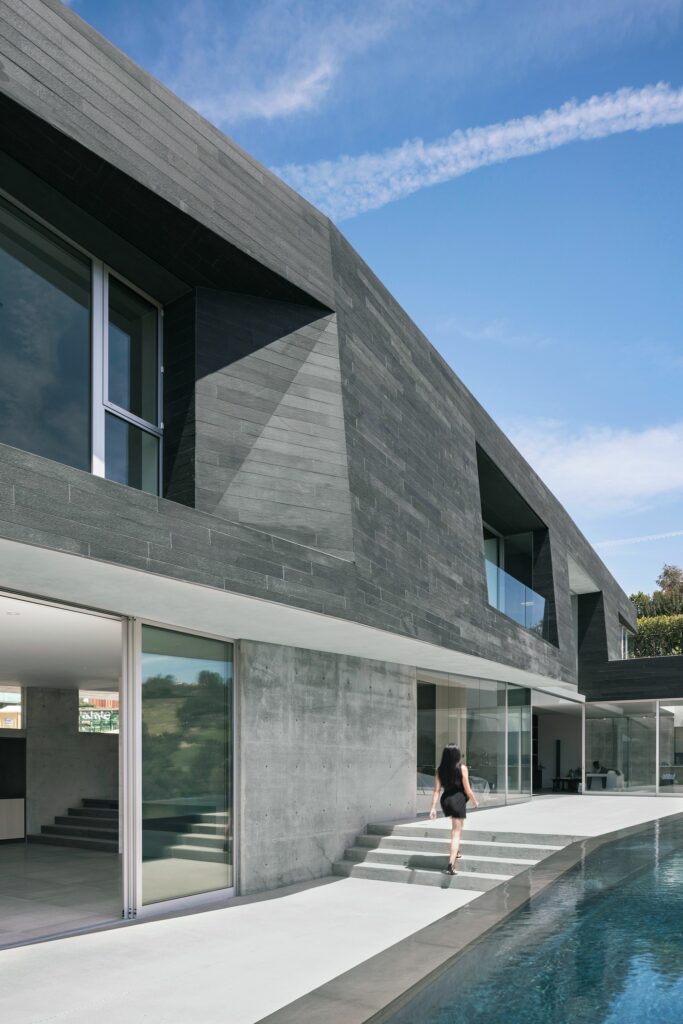
Photo credit: Paul Vu
What kind of questions do you ask before beginning a design project? What piece of information is of utmost value?
“Have you seen what we do?” We want our clients to be aware of what we do and have themselves familiarised with our work – this is important to create an environment of mutual understanding and respect to foster a dialogue without which we cannot perform well.
Can you tell us about a time when a client disliked your work?
I think there is always a moment when a client is not convinced of your design ideas – it happens most when we challenge our own understanding of design/architecture. Even with this award-winning project, we needed a lot of convincing to get the client on board with our design. I believe they had a more conventional building in mind, a more traditional breakdown of volumes and rooms – it felt to them “too large” and they rejected it in the beginning. It took weeks of versions, models, renderings and long conversations to convince them that this is their best option after all.
What are you working on, what is in the pipeline for you?
We are working on several things; we just formed a new architectural branch a_platform (website coming soon) that solely focuses on design and architecture, since domaen became very busy working for many great architects as a builder and contractor, which is partly a testament to the quality we produced and the result of winning this award. a_platform is multidisciplinary, working on various graphic design and architecture projects such as large industrial facilities in the Los Angeles vicinity and a few residential projects. We also started some research projects focusing on the legacy of Austrian American Architects, which saw a first instalment at the ACFNY in New York last fall and continues.
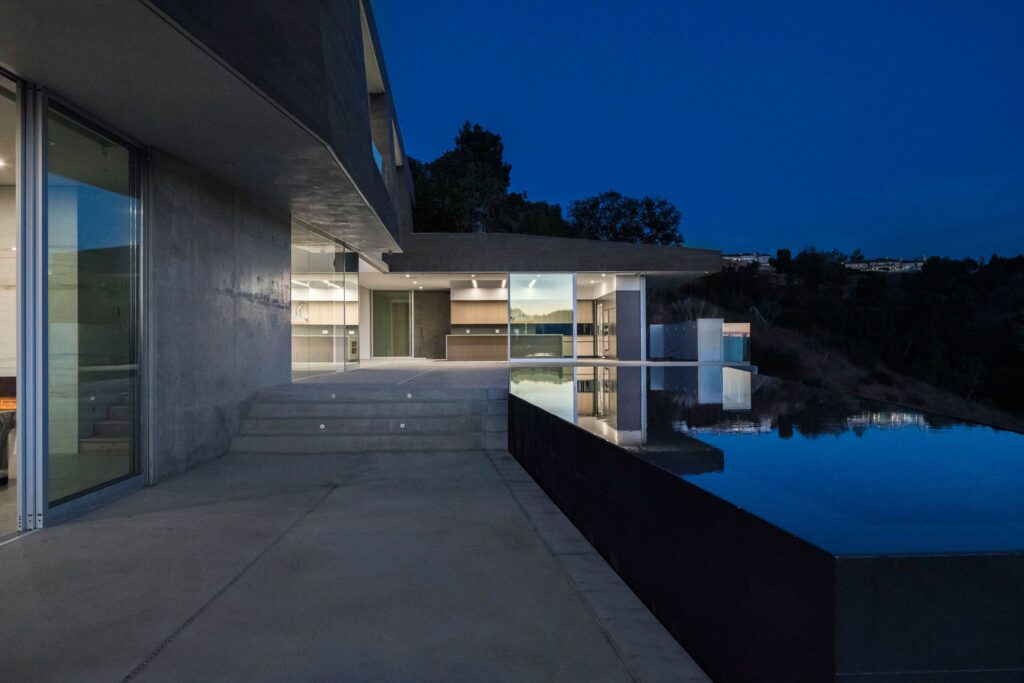
Photo credit: Paul Vu






